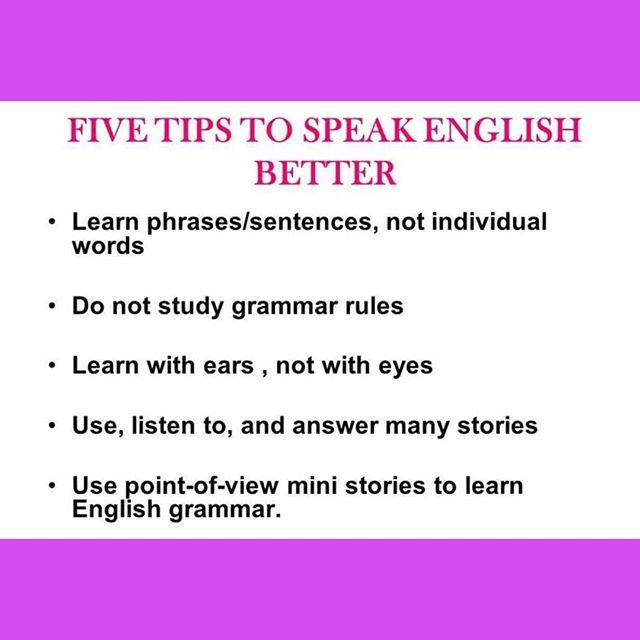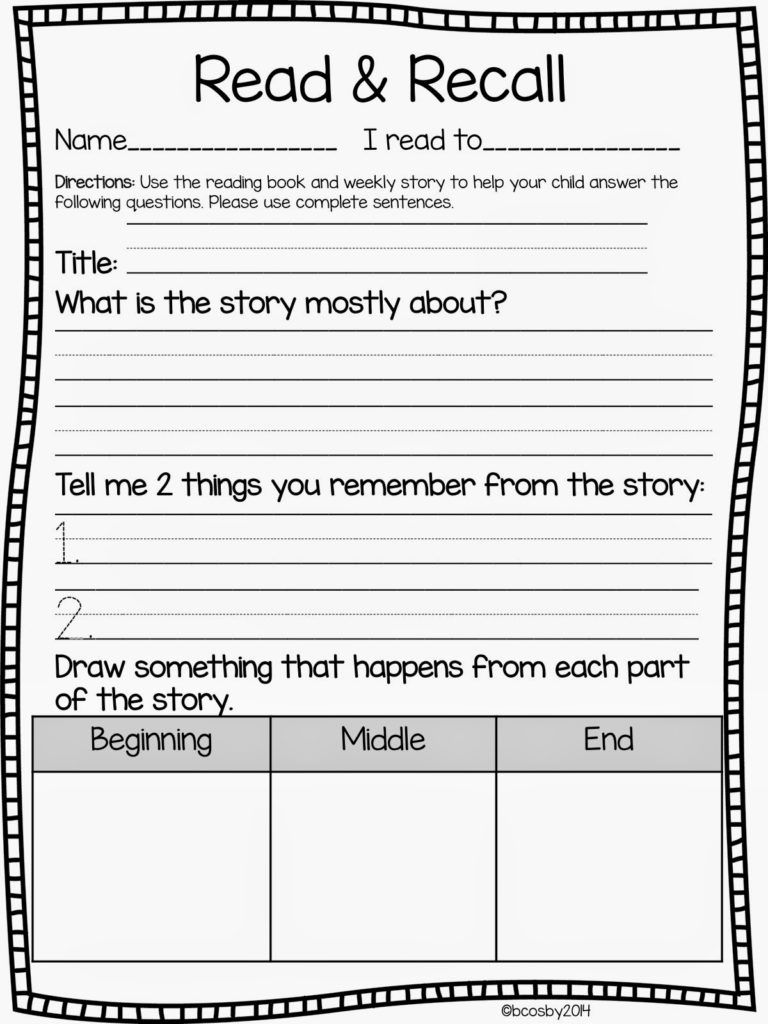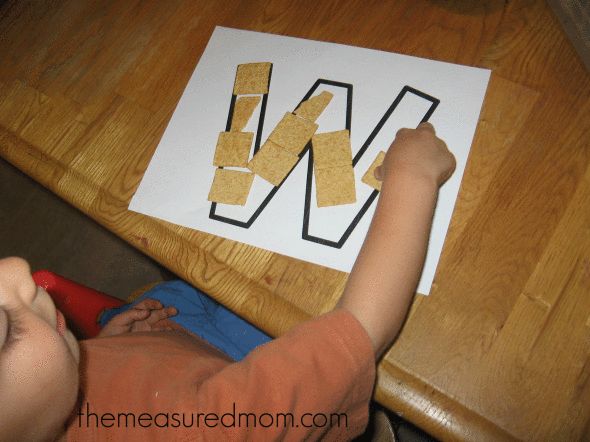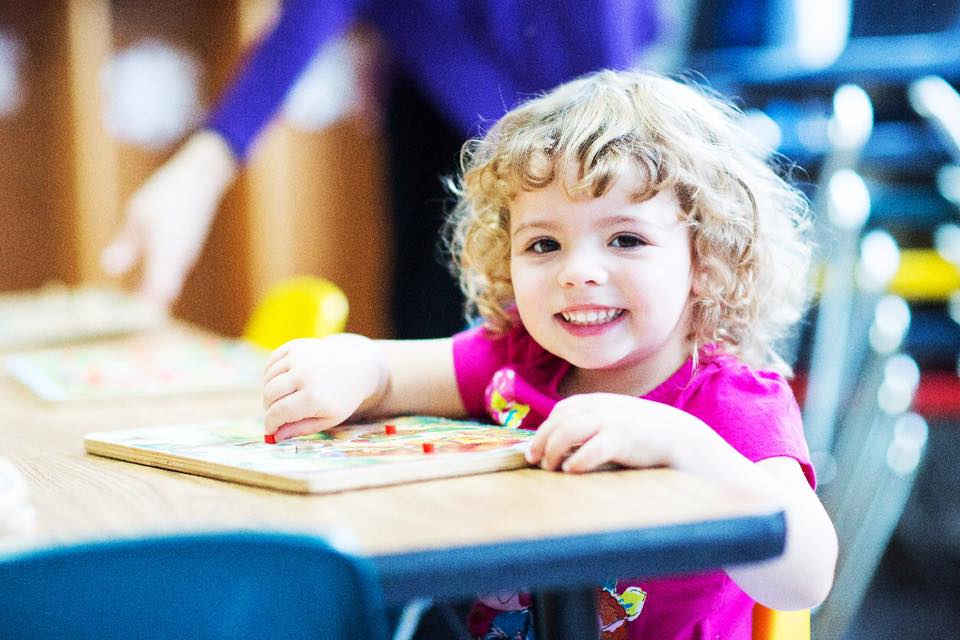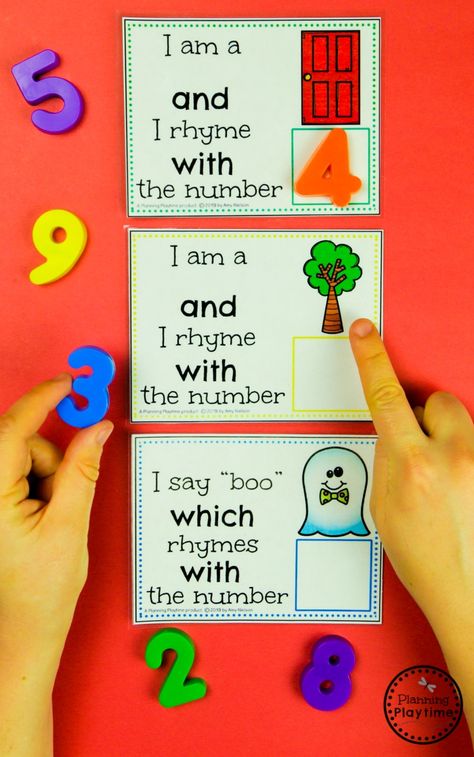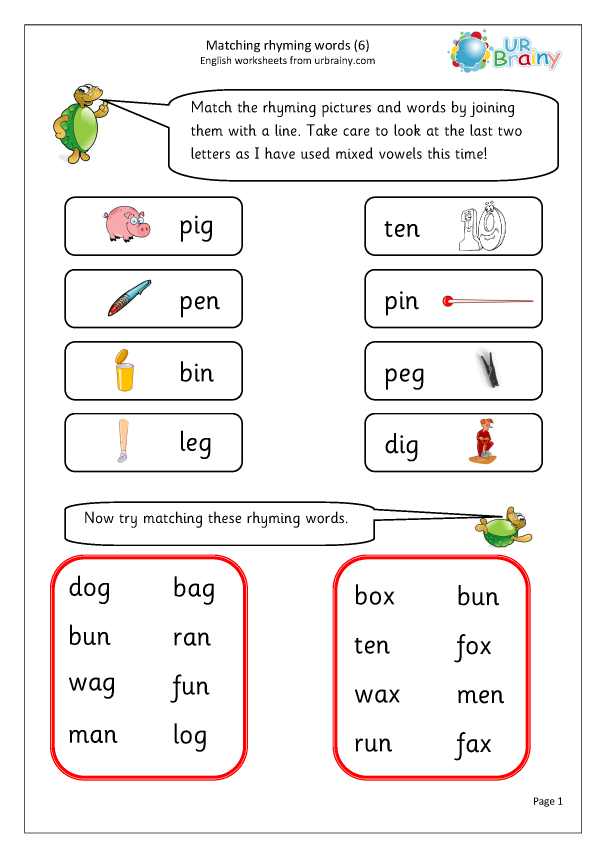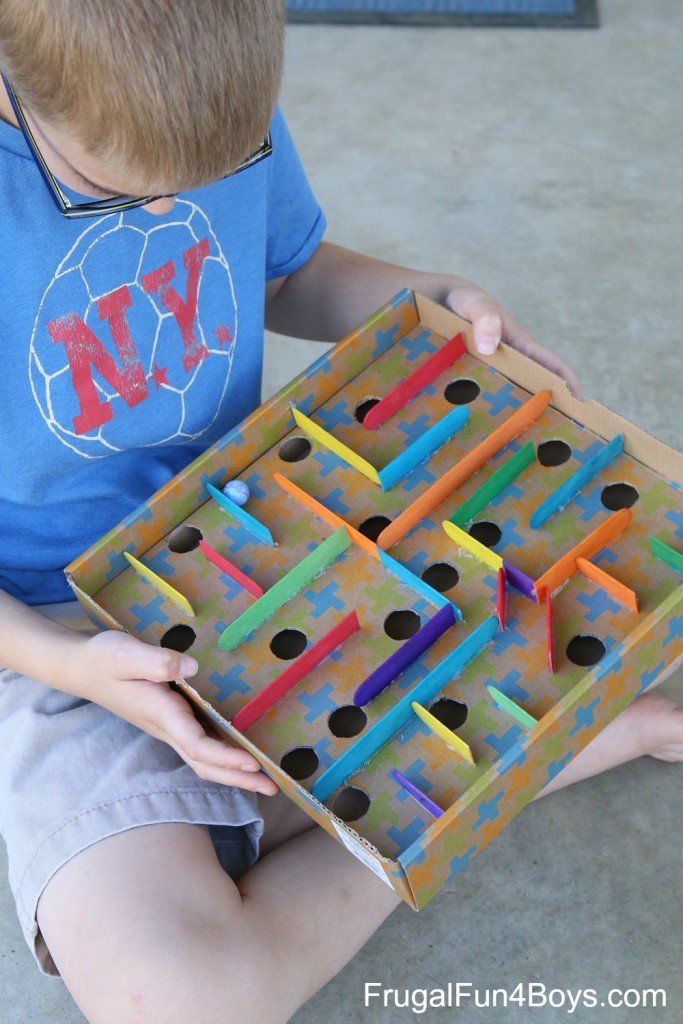Learn the vowels
How To Help Your Child Learn Long And Short Vowel Sounds
It’s not uncommon for children to struggle with vowels. Most kids actually pick up consonant pronunciations much more quickly. Why is that?
One of the challenges with vowel sounds is that they can’t exactly be “felt” in the mouth. With consonants, kids can feel the friction created while using their tongue, lips, or teeth to produce the sounds. To produce a vowel sound, you only need to adjust the shape of your mouth.
Then there’s the challenge of distinguishing between long and short vowels or two similar vowel sounds. In a nutshell, learning vowels can be a monster!
But have no fear; we’re here to help! We’ve compiled a step-by-step guide you can use to help your child finally connect the dots with both short and long vowel sounds.
When Is Your Child Ready To Learn Vowels?
It’s challenging to teach your child vowel sounds if they cannot hear them. This is why one of the most important signs showing that a child is ready to learn vowel sounds is when they can hear the vowel sounds in simple words.
For instance, let’s say your child tries to spell a simple CVC (consonant, vowel, consonant) word like “cat.”
Even if they may misspell the word by writing “cet” instead of “cat,” this is still a beautiful moment, so celebrate it to the fullest because it indicates that your child can hear that there’s a letter between the C and the N.
If you feel that your young learner is developmentally ready to start learning more about vowels, how can you help? Let’s take a look.
Tips For Teaching Short Vowel Sounds
Since short vowels have more consistent spelling, this is a great place to start when teaching your young learner.
1) Begin With The Names Of The Vowels
Teaching your child A, E, I, O, U is the first step in helping to familiarize them with vowels. We recommend taking these one vowel at a time to avoid overwhelming your young learner.
The good news is that there are various tactics you can use to help your child remember their vowels.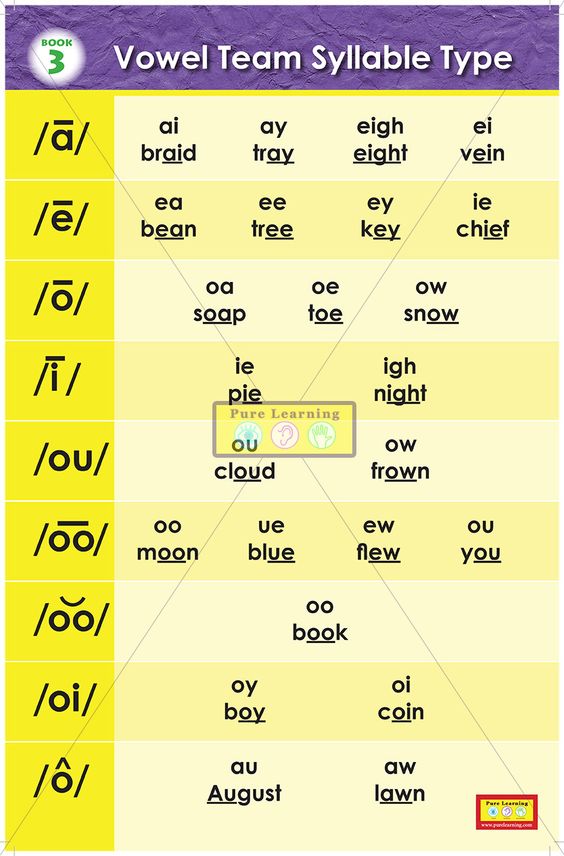
Besides sounding them out, you can also help your child create three-dimensional letters with something as easy and accessible as PlayDoh. To help emphasize the differences between the letters, use a different color for each vowel.
As your child feels and creates vowels, more of their senses will be engaged, and this will help them get familiar and comfortable with the five vowels and their sounds.
2) Differentiate Between The Vowels
This point on our list is connected to the previous one. Still, it deserves its own emphasis because it can be easy for children to struggle with differentiating between the vowels.
The example we used earlier of a child spelling “cet” instead of “cat” is pretty common, especially when you consider how similar the sounds are to each other. This is why it’s important to make the letters distinct.
To add some fun into your child’s learning, you might consider using stick puppets made with the five vowels. Simply attach a printout of each letter onto a popsicle stick, and then let your imagination run wild!
A can go to the store with
E; I can head out to the beach with O; and so on.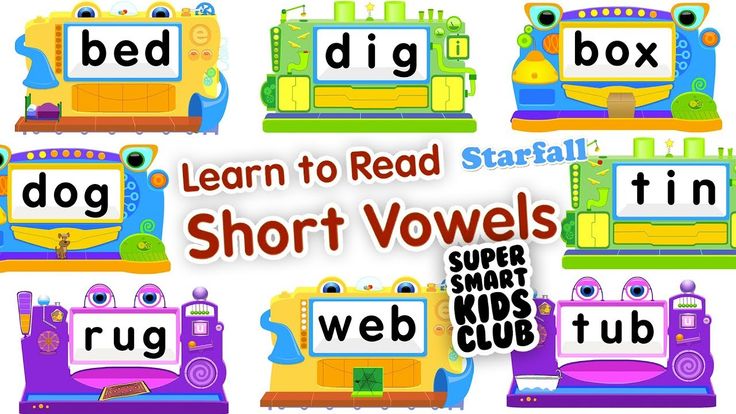 While acting out your scene, remember to emphasize the difference between the letters and keep sounding the vowels out clearly.
While acting out your scene, remember to emphasize the difference between the letters and keep sounding the vowels out clearly.
3) Introduce Word Families For Simple CVC Words
Word families can be described as a group of words that have a common pattern or features. Helping children learn these allows them to spell and sound out related words.
For example, a child who learns the word family -at, will have an easier time spelling cat, mat, hat, etc.
Remember to take it one word family at a time. This will help prevent your child from feeling overwhelmed with all the new information.
Here are some activities we recommend for working on word families:
- Say a word like “hat” and ask if it has the /a/ sound or the /i/ sound. Focus on sounding the letters out, not writing them, so your child can hear the differences better.
- Say two words and ask which has /o/ as the middle sound.
- Make a Tic-Tac-Toe board and put a vowel in each cell.
 Before placing their mark in a cell, your child will need to identify the vowel with its short sound.
Before placing their mark in a cell, your child will need to identify the vowel with its short sound. - Sound out CVC words by emphasizing the phonemes. For example, say /t/…/a/…/p/… and then blend together into tap.
- Place a t and a p with a space in-between. Ask your child to fill in the missing letter that will help form “top.”
- Switch the vowels. For this, you can play with magnetic letters. Ask your child to turn “tap” to “tip” and then to “top.”
Here are some great words with short vowel sounds to practice at home:
Short “A” Sound Examples:
- Cap
- Bat
- Bad
- Cat
- Dad
- Lap
- Tap
Short “E” Sound Examples:
- Bed
- Get
- Pen
- Bet
- Wet
- Fed
- Net
- Ten
Short “I” Sound Examples:
- Bin
- Sip
- Tip
- Zip
- Did
- Fit
- Nip
- Win
Short “O” Sound Examples:
- Rod
- Cod
- Jog
- Dot
- Fog
- Mop
- Pot
- Top
Short “U” Sound Examples:
- Bun
- Cut
- Pup
- Sun
- Sum
- Run
- Fun
- Hug
Tips For Teaching Long Vowel Sounds
1) Form Long Vowel Sounds
Although long vowel sounds are typically easier for kids to learn, we normally teach short vowels first.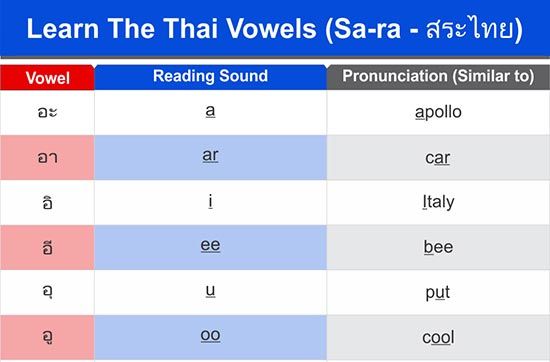 Why is that? It takes two vowels to make a long sound, and this can be tricky for kids to understand at first.
Why is that? It takes two vowels to make a long sound, and this can be tricky for kids to understand at first.
To get started with long vowel sounds, we begin teaching the silent e. It’s important for kids to understand that every vowel will change its sound when a silent e is put after the CVC form of a word.
For instance, if you put an e after the CVC word tap, the word changes to tape, and the vowel sound produced changes.
To help your child grasp this concept, begin with phonemic awareness. Ask them:
- Are tap and tape the same?
- Say the individual sounds slowly — t-a-p and t-ae-p.
- What changed?
You can also use magnetic letters to help illustrate the power of the silent e.
First, show your child the letter a. Make the short sound and then explain that you will give the power to its own name. Who can give the power? E! Tap the magnetic e on the magnetic a, adding it to the end of the word after, and — voila! — you now have a new word.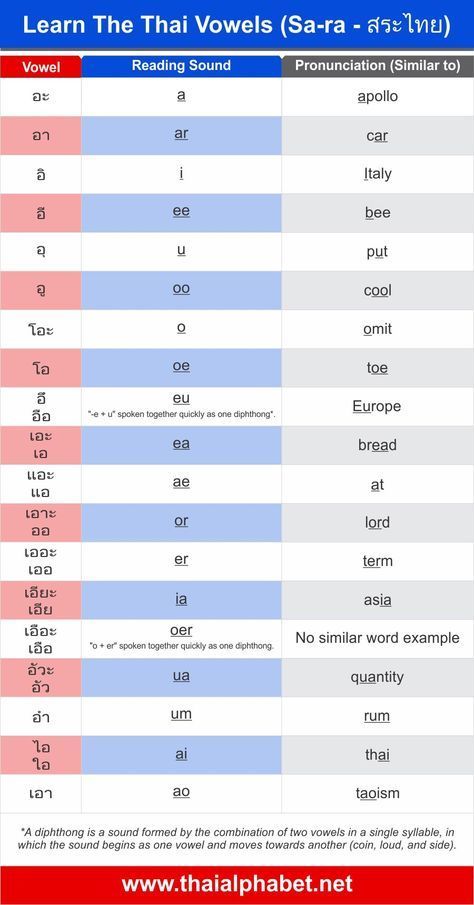
Using magnetic letters, you can then change tap to tape, bit to bite, dot to dote, and so on. While your child will hear that the sound changes, using magnetic letters will help them see what vowel contributes to the change in sound.
You can also use flip cards to demonstrate this concept. Fold the last eighth or so of an index card, and then write a CVC word, like tap, on the unfolded part and an e on the folded part. When you unfold the card, the word will change from tap to tape!
Note: The long o and u sounds can be a bit more complicated, so we recommend holding off on those until your child has gotten a good grasp on the others.
2) Correct The Spelling
To help your child gain a better understanding of long vowel sounds, why not play a game to help strengthen their knowledge?
To play this game, show your child the incorrect spelling of a CVC word and have them correct it. For example, using magnetic letters, spell out f-i-n-o but pronounce it as fine.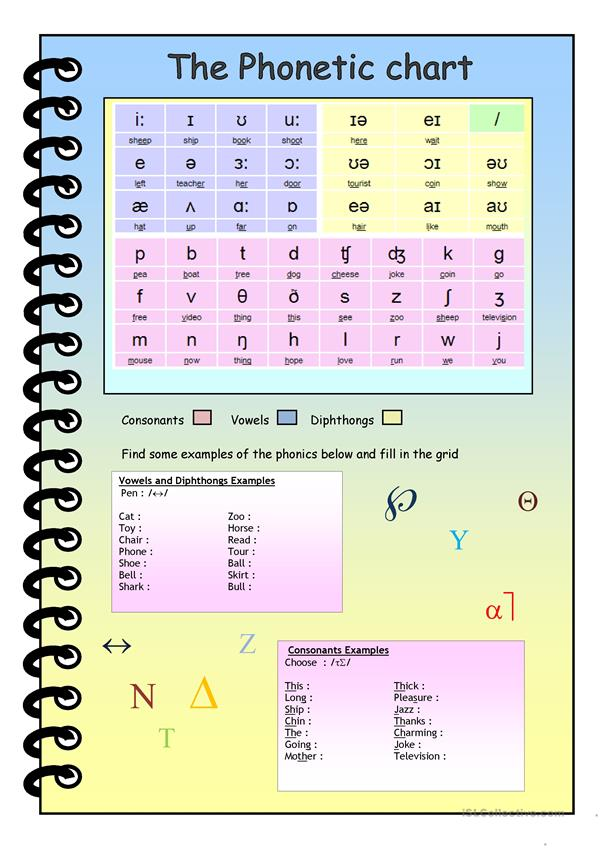 Now your child, who’s learned the power of the silent e, will be able to replace the o with an e.
Now your child, who’s learned the power of the silent e, will be able to replace the o with an e.
Here are some great words you can use for this activity:
Long “A” Sound Examples:
- Bake
- Lake
- Fame
- Date
- Fate
- Cake
- Make
Long “I” Sound Examples:
- Hide
- Fine
- Time
- Line
- Mine
- Pine
- Wife
- Ride
Long “O” Sound Examples:
- Joke
- Rose
- Woke
- Poke
Learning Vowels One Day At A Time
Learning vowels can be challenging for children. That’s why it’s important to take it one day at a time.
Help your child learn their basic vowels, start with the short CVC words, and then after some practice, help them nail the long vowel sounds, which are a little trickier.
Using the right strategy, you can give your young learner the confidence to face any unfamiliar word they may come across during reading activities.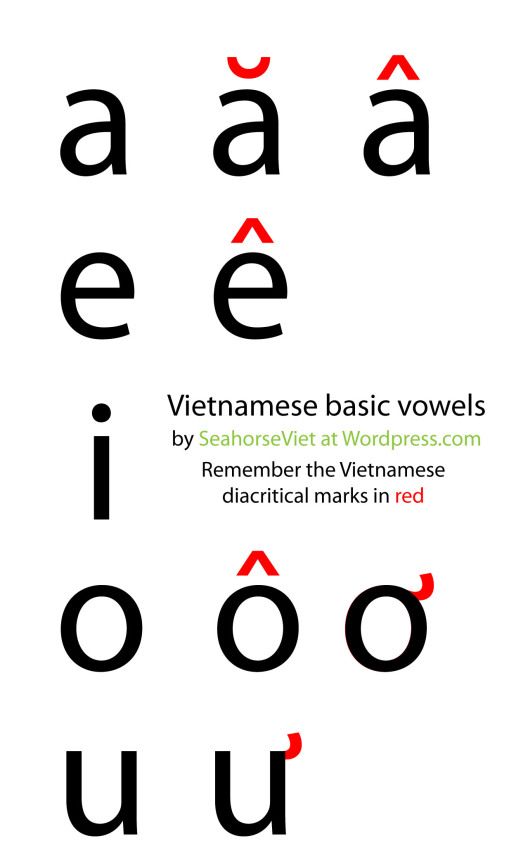
With the help of the HOMER Learn & Grow App, continue exposing your child to all sorts of stories and reading activities. This will not only help them with their vowels, but it will also set a solid foundation for their literacy journey!
Author
Tips for Teaching Vowel Sounds
Learning letter sounds is one of the first steps in learning to read. And while most consonant sounds come easily to kids, vowel sounds can be an entirely different monster. For one, vowel sounds are not “felt” as much in the mouth as most consonant sounds, making it harder for kids to hear them. This is evident in kids’ invented spellings, such as VN for van. Vowel sounds can also be spelled several different ways, making reading and spelling them tricky {even for some adults}.
Today, I’m taking a bunch of readers’ questions about teaching vowel sounds and combining them to share some tips for teaching vowel sounds.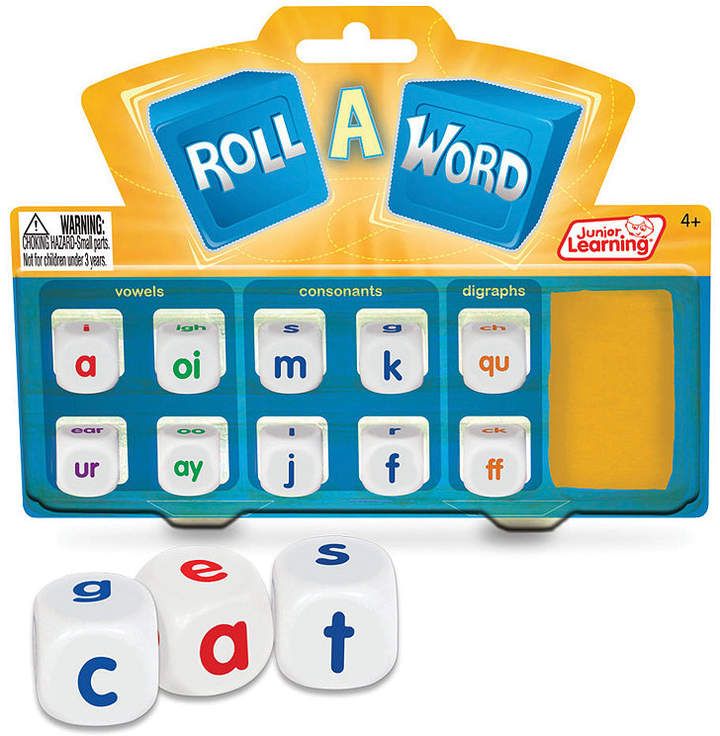 If your young reader {or struggling reader} is stuck on learning vowels and vowel patterns, I hope that this post will bring some clarity.
If your young reader {or struggling reader} is stuck on learning vowels and vowel patterns, I hope that this post will bring some clarity.
*This post contains affiliate links.
{Update: This became a much longer post than I first intended it to be. 🙂 My best advice is to skim through the questions, which are in bold print if you have a specific question that you’d like answered. If you have another question related to teaching vowel sounds, please feel free to leave a comment.}
Tips for Teaching Vowel Sounds
Please note that my answers may not be your answers and that’s okay.
My goal in teaching vowel sounds is two-fold:
1- to teach in a developmentally appropriate way and
2- to teach the most common vowel patterns first because these are most needed for kids in their reading and spelling.
How do I know my child is ready for vowel sounds?
Answer: Just like there are reading readiness signs, there are also signs that a child is ready to learn more about vowels.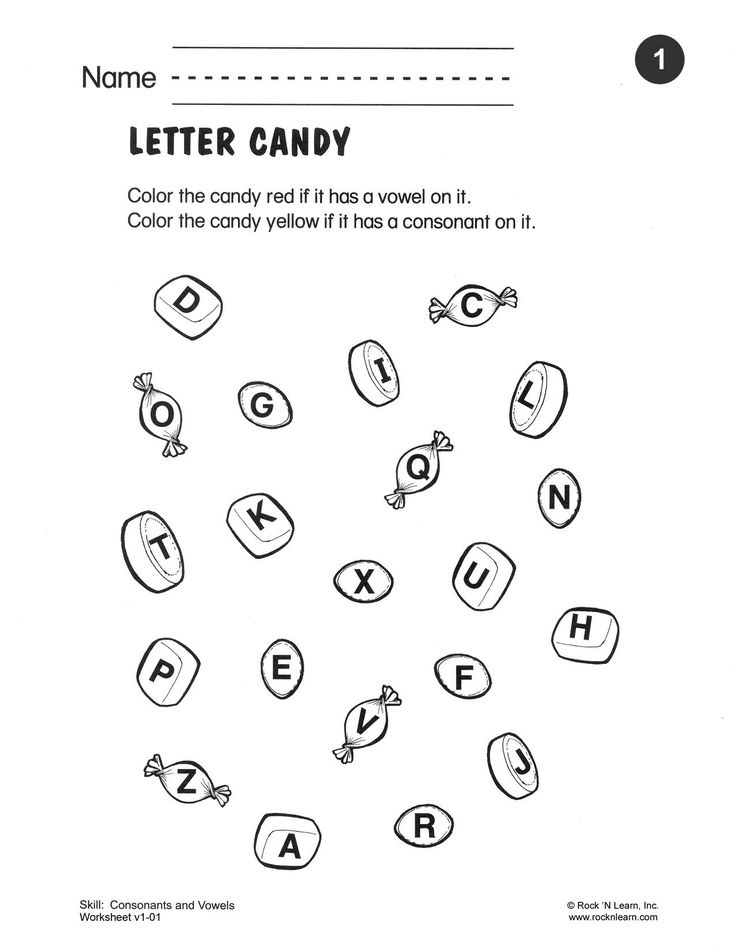 Children are typically ready to start hearing vowel sounds after they can hear beginning and ending sounds in words consistently.
Children are typically ready to start hearing vowel sounds after they can hear beginning and ending sounds in words consistently.
My favorite way to find out what sounds kids hear in words is to closely watch them spell {or misspell} simple CVC words. They will begin trying to include the vowel in words. Often times, they may use the wrong vowel, if left to spell independently {such as FEN for fan} and that’s okay.
This is a sign that they can hear that something comes in between the F and N and helps you know they are ready to learn more about them. I always celebrate this moment as a a teacher because this is a BIG step for many young learners.
Where do I start with teaching vowel sounds?
Answer: Short vowel sounds are much more consistent in their spellings makes them the perfect place to start. This is especially true if you explore the short vowels through word families.
Our Short Vowel Sounds Resource Pack includes wall charts, book marks, and a printable chart to help kids learn their short vowel sounds.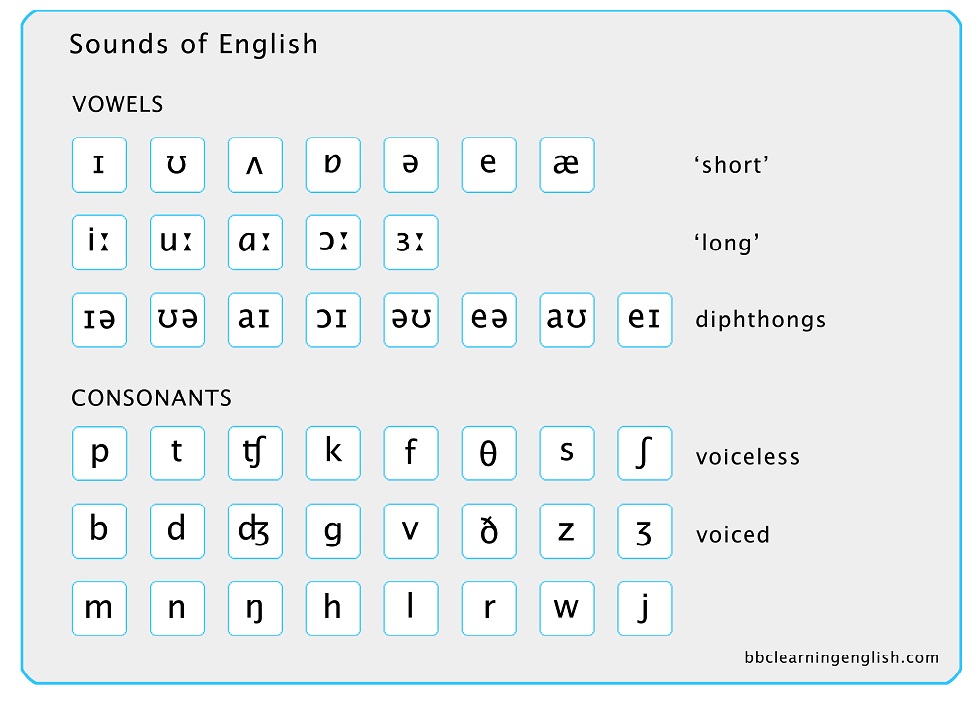
How do I teach short vowel sounds?
Answer 1: Start with word families…one at a time.
You can read more about word families and how effective they can be for beginning readers. Learning word family patterns helps kids to see that words’ spellings are connected; and because they can read or spell one word, they can read or spell other words. For example, if kids can read and spell cat, they can read and spell other words like rat, mat, hat, fat, or even that and flat. This is very powerful.
Word families are also very predictable in spelling as well as vowel sound. For example, the a sound in cat is different than the a sound in can {at least where I’m from}, but -at words all share the same a sound and the same -at spelling, making it easier for kids to learn.
The key is introducing word families one at a time, especially at first.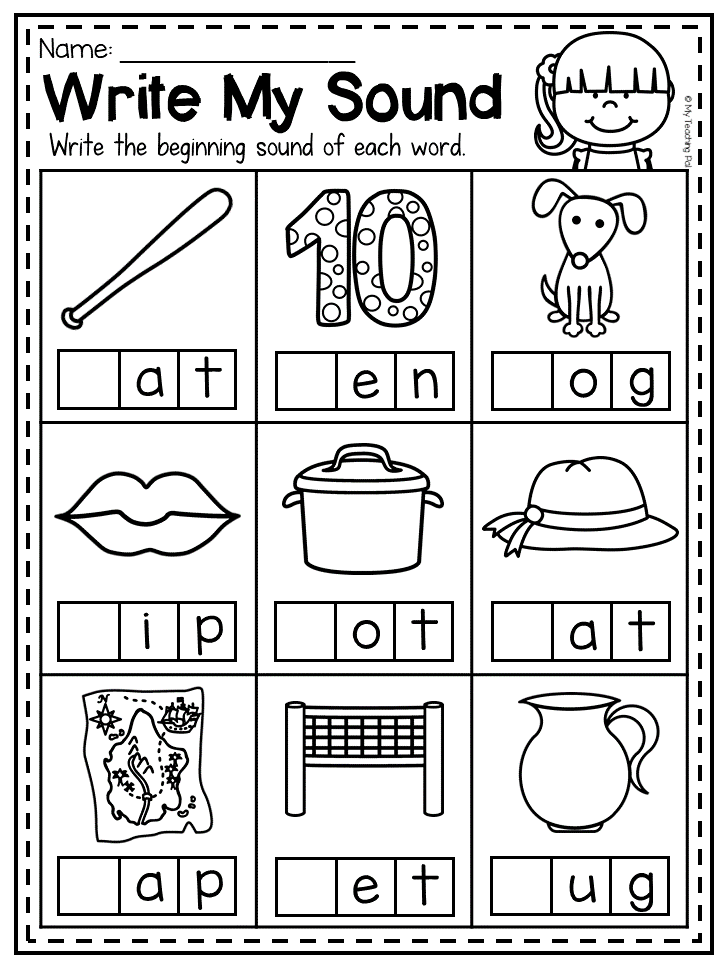 Once a child is comfortable with that family, move on to a new word family.
Once a child is comfortable with that family, move on to a new word family.
You can find some of the beginning word family work we do in Reading the Alphabet.
Once kids have a few word families under their belt, start mixing them up. I did this with the printables I made for the BOB Books, Set 1. The Measured Mom also has some fantastic Short Vowel Word Family Mats and Short Vowel Word Family Houses that work well for teaching kids short vowel word families.
Answer 2: Some kids don’t respond well to the chunking part of learning word families, such as f+at. Marie, of All About Learning, shares that drawing attention to the word families chunks can actually confuse some children, especially if they are showing signs of dyslexia.
So if word family chunks aren’t working, use word families without drawing attention to the chunk that they all share. For example, instead of reading fat like f + at {chunking the -at separate from f}, kids could sound it out f – a – t {as three separate sounds}.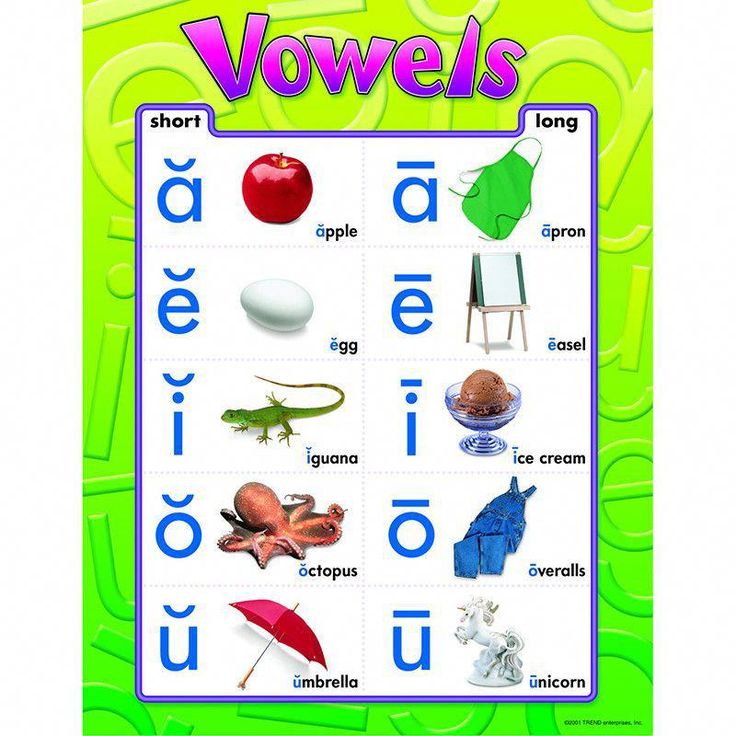
For struggling spellers and readers, it helps once again to stick with one word family before moving on to other word families. Some of my favorite resources for kids learning to sound out those short vowel CVC words are our Sound it Out Strips and The Measured Mom’s Short Vowel Mats.
If your child continues to struggle with sounding out simple short vowel words, the ideas in my post, Helping Kids Sound Out Words, might be helpful for you.
When do kids start reading longer short vowel words?
Answer: As kids are becoming comfortable with short vowel CVC words and moving out of needing them in word families, they are typically ready to start spelling words with blends and digraphs in them. These include words such as clam, step, bath, or tent. {If these terms are new to you, be sure to visit my blends and digraphs post.
Have you seen these free resources that include blends and digraphs?
- Blends/Digraphs Chart
- Ending Blend Clip Cards
- digraph card games
- Blend BINGO
- MEGA pack Blends & Digraphs Game Boards.
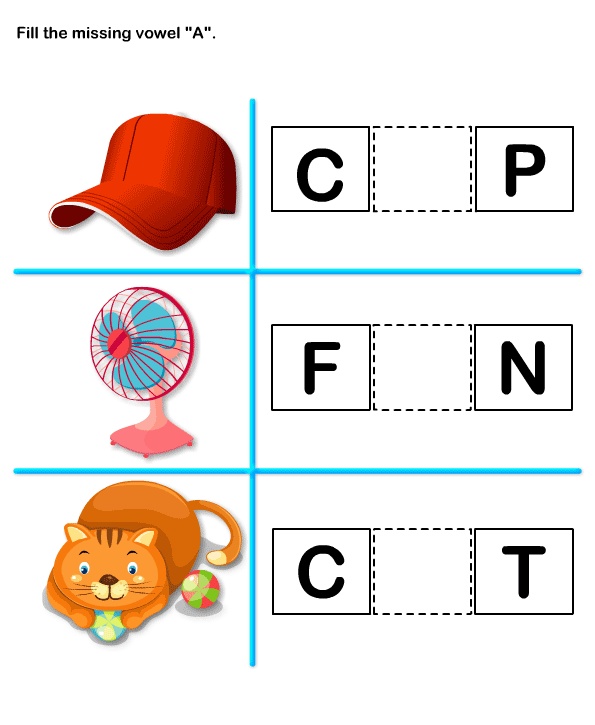
- The Measured Mom also has a huge pack of Word Slider cards, which include short vowel words with blends and digraphs.
What do I teach after short vowel words?
Answer: Once kids are comfortable with short vowels with simple blends and digraphs, you may be tempted to move on to long vowels. But there are a couple more “stops” you can make before you arrive at long vowels. While it isn’t “wrong” to move to long vowels, some kids aren’t ready for that step just yet and that’s okay.
Two extra “stops” you can take are:
1. Teaching kids words that have blends and digraphs at the beginning AND end of words. Instead of a simple word like dump, work on reading and spelling words like stump or thump.
Our Short Vowel Spelling app does this with short vowels, starting with word families, moving to short vowel words with one blend or digraph and then challenging kids with longer short vowel words.
2. Teaching kids the bossy r patterns, which are ar, er, ir, or, and ur. Compare them to the short vowel words they already know, like the sorts at the end of Words Their Way’s Letter-Name Alphabet Spellers supplement book.
My child is not understanding the CVCe {long vowel} pattern. What do I do to help him get it?
Answer: Before you introduce words with long vowel patterns in them, sometimes it can be a great idea to just listen for sounds in long vowel words versus short vowel words.
Our Long Vowel Listening Game Pages are the perfect way to get kids listening for the long vowel sounds they hear in words.
It can help by teaching kids long vowel patterns by word families. The -ake family is one of my favorite word families to start with because you can spell so many words with it. I have an older post that shows a few ideas for introducing long vowel families specifically with the -ake family.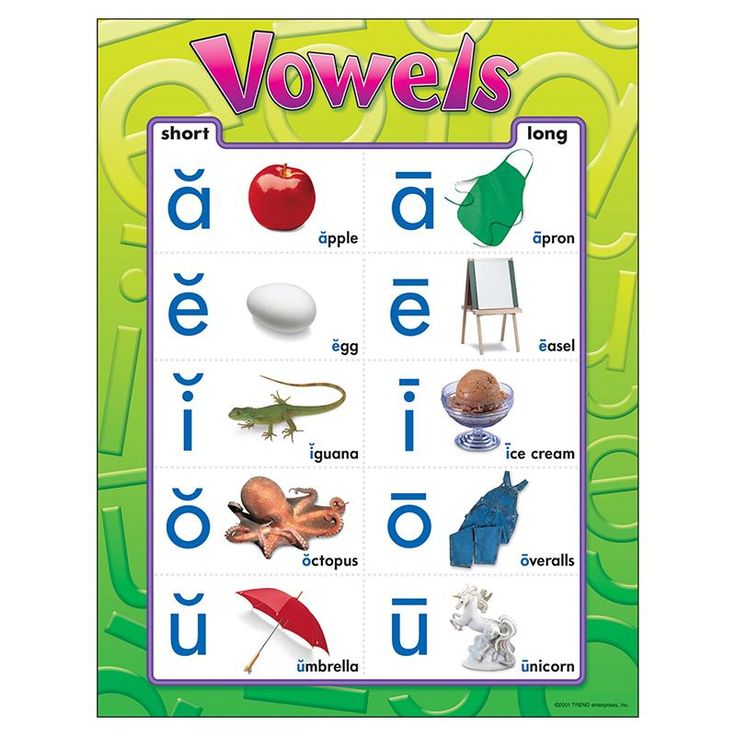 The Measured Mom also has a set of Long Vowel Word Family Mats, starting with CVCe words and moving to other long vowel patterns.
The Measured Mom also has a set of Long Vowel Word Family Mats, starting with CVCe words and moving to other long vowel patterns.
There are lots of long vowel patterns. Is there an order in which I need teach them?
Answer: Some long vowel sounds are not as common as others. For example, the ui pattern is not as common as the ew pattern for long u vowels. The best place to start is with the most common long vowel patterns because this is what kids see more in books and need more in their spelling.
Typically, I start with the CVCe patterns, like the ones in our Long Vowel Spelling Game. If I had to break it down, this is how I introduce long vowel patterns {give or take}:
- CVCe patterns {a_e, i_e, o_e and u_e}
- Very Common Vowel Patterns {ee, ea, ai, oa, igh, etc.}
- Common Vowel Patterns {ay, ue, ie, ow, long oo, ew}
- Less Common Vowel Patterns {ui, ei, final y etc.
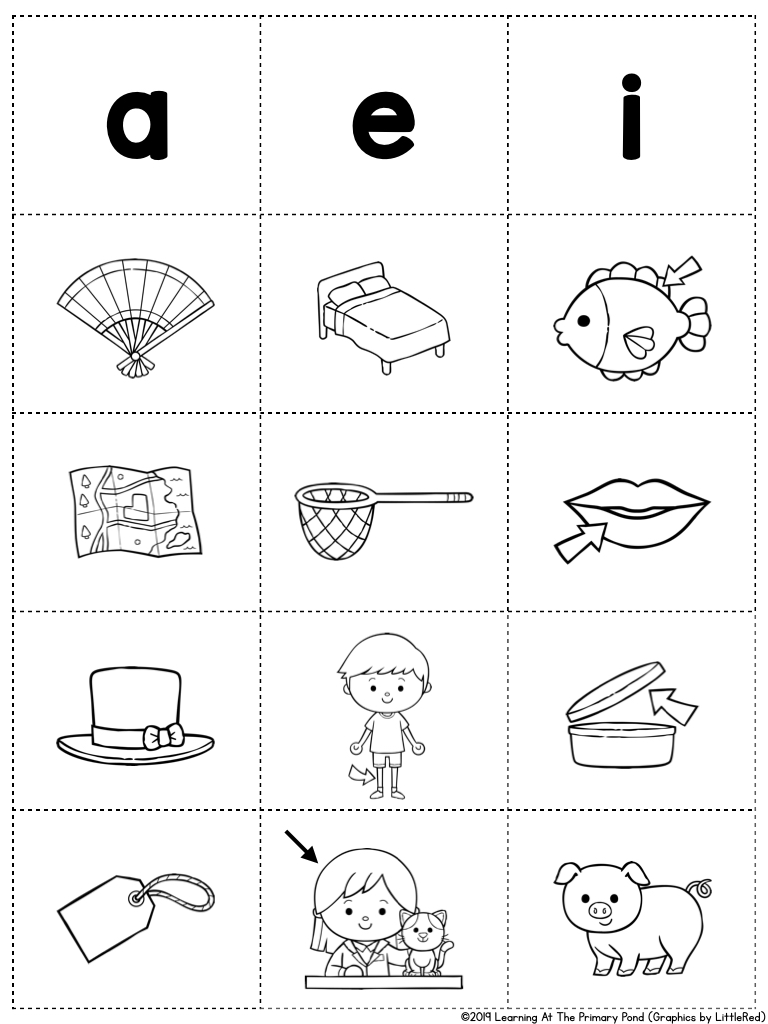 }
}
Do I need to teach any other vowel patterns beyond short vowels and long vowels?
Answer: Yes. Like the bossy r patterns, there are other vowel patterns that are needed for reading and spelling. They include patterns like oo {in the word foot}, au, aw, ou, oi and oy. Besides the oo pattern, many of these are less common and could be taught alongside the less common vowel patterns.
More Resources for Teaching Vowel Sounds
- Phonics Book Series {from The Measured Mom}
- BOB Books {check out all our FREE Printables and Lesson Outlines/Lesson Plans}
- Words Their Way – love their supplement books
- All About Spelling
- Short Vowel Word Study
- Short Vowel Word Study App
- Long Vowel Word Study App
Want MORE Free Teaching Resources?
Join thousands of other subscribers to get hands-on activities and printables delivered right to your inbox!
How to learn vowels with a child: 10 letters in 5 lessons
Let's tell you how to learn 10 vowels quickly and easily in 5 lessons.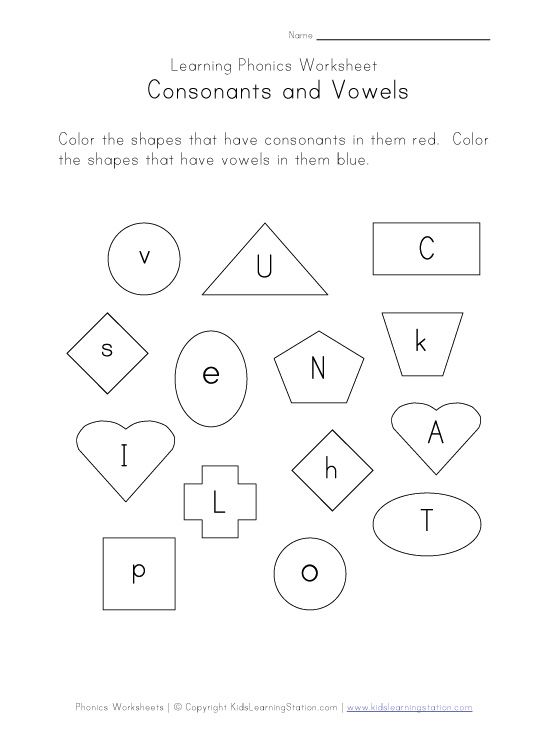 If you strictly follow the melodic recommendations from this article, your child will know all the vowels in a month, he will not have problems learning to read.
If you strictly follow the melodic recommendations from this article, your child will know all the vowels in a month, he will not have problems learning to read.
otvetprost.com
What you will need:
- Prepare 5 cards 12x10 cm. You can use cardboard or heavy white paper. Write or print the letters 9 in red large bold type on them0003 A, O, U, S, E.
- Prepare 5 cards 9x10 cm. Write on them in blue font I, Yo, Yu, I, E .
- On the reverse side of the cards, write the letters by hand (for yourself, so as not to look at the front side when showing the letters to the child).
LESSON №1
At the first lesson you will need cards A, Z, O, Y .
1. Place the back of the cards facing you. Show the child the first card and say: “This is A ".
2. Then move the next card forward and say: "This is I am ".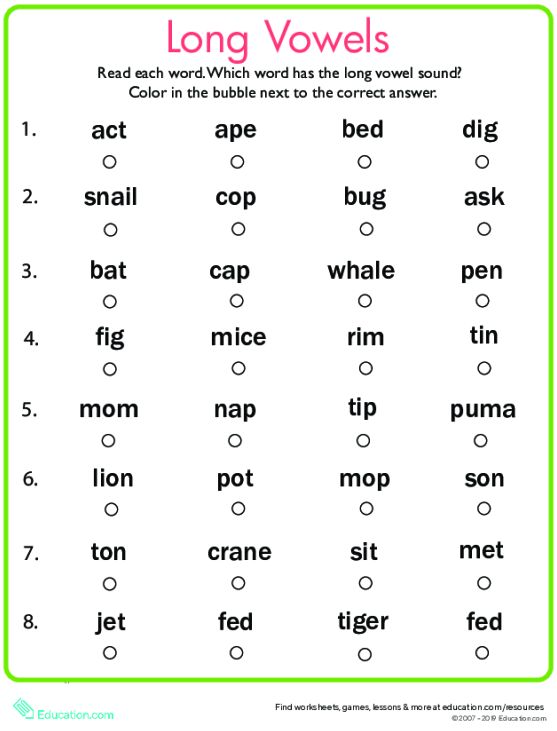
3. "This is O ."
4. "This is Y ".
- Show each card for no more than 1 second.
Look not at the cards, but into the eyes of the child. Come up with a fun game to get your baby's attention.
- Do not ask the child to repeat them.
Your task is to quickly show all four letters and say them like a rhyme.
- Every day until the next lesson, show the child cards with these letters, call them in the exact order as indicated above.
- IMPORTANT! Hold the cards so that the child does not see the next letter.
- Over time, take a long pause after the word "This is...". Pronounce it interrogatively.
- The child should simply say "Ah!", "Oh!", without the word "it".
Such a game with cards will take you no more than a minute, you can repeat it several times a day (minimum 5). The main thing is to do it regularly, do not miss classes.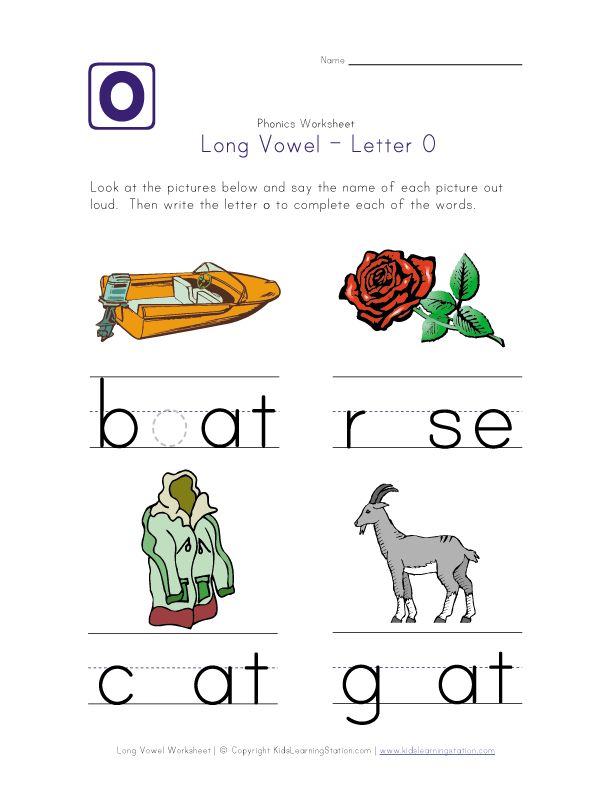
SESSION #2
- Repeat with the child A, Z, O, Y in that order.
- Spread the cards in front of the child in pairs: 1 row - A - Z ; 2 row - O - Yo .
Reinforcement games and activities
Play games with these letters to help children remember them as a rhyme and individually.
"Wind". Red letters are big brothers, blue letters are little brothers. A strong wind came up and mixed all the brothers. Shuffle the letters, but make sure they are not upside down. The task of the child: to put the cards in pairs, calling out loud: A - next to I , O - next to E . First help, and then let him do it himself.
Hide and Seek. Put the red letters on top and cover them with the blue ones. The little brothers hid under the big brothers and changed places so that (child's name) would not find them.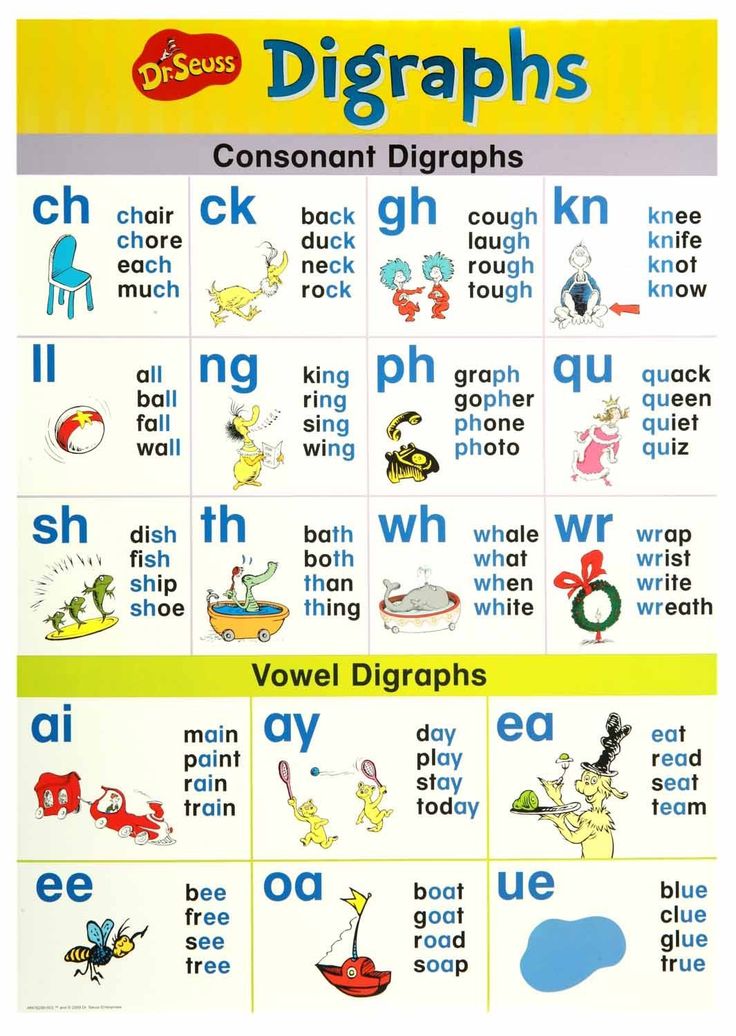 Guess which little brother hid under big brother O ? That's right, under O hid Yo ! And under A ? That's right, I'm !
Guess which little brother hid under big brother O ? That's right, under O hid Yo ! And under A ? That's right, I'm !
"Hide and Seek". The same, but now the big brothers are hiding under the little ones.
Crow. Put the letters in pairs in the correct order. Move both palms (to make it harder for the child to guess) over the cards with the words: "The crow flew, flew, flew, flew and ... ate the letter." Quickly cover one of the letters with your palm: “Which letter did the crow eat?” If the child does not respond quickly, remove your hand for a few seconds and let him peek. If even then he doesn’t say, tell me, for example: “Next to O . That's right, Yo !" Over time, the child will remember the location of the letters and will be able to guess them easily.
"Cards". Shuffle the cards.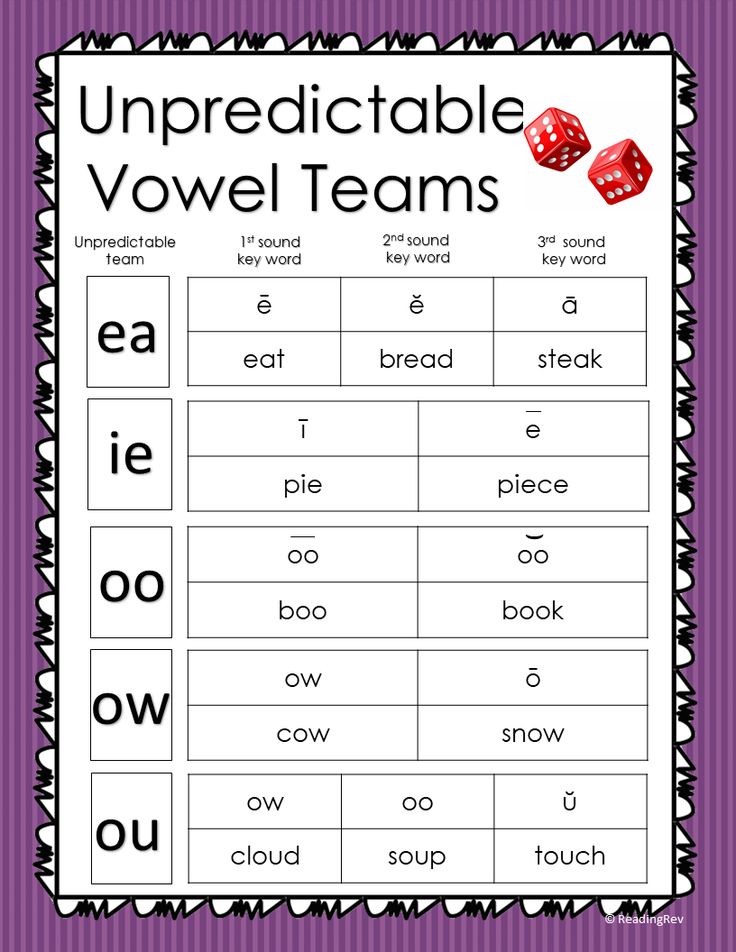 Take one and put it in front of the child: "What is this?" If he guessed right, he takes it, if not, the card remains with you. First, it is better to throw out cards in pairs: first O , then E , A - I , etc. If you see that the child does not experience any difficulties and calls everything correctly, show in reverse order and at random.
Take one and put it in front of the child: "What is this?" If he guessed right, he takes it, if not, the card remains with you. First, it is better to throw out cards in pairs: first O , then E , A - I , etc. If you see that the child does not experience any difficulties and calls everything correctly, show in reverse order and at random.
It is better to play these games once a day, unless the child asks for more. Stop the game while he still wants to play: “We’ll finish the game another time” so that the kid doesn’t get bored with your activities and looks forward to the next one.
Repeating the past and learning new: A - Z, O - E, U - Yu
After you have played five games with the first two pairs of letters, get the next pair of cards Y - Y.
In this lesson, show the child already three pairs of letters. Just like you showed him in the first lesson.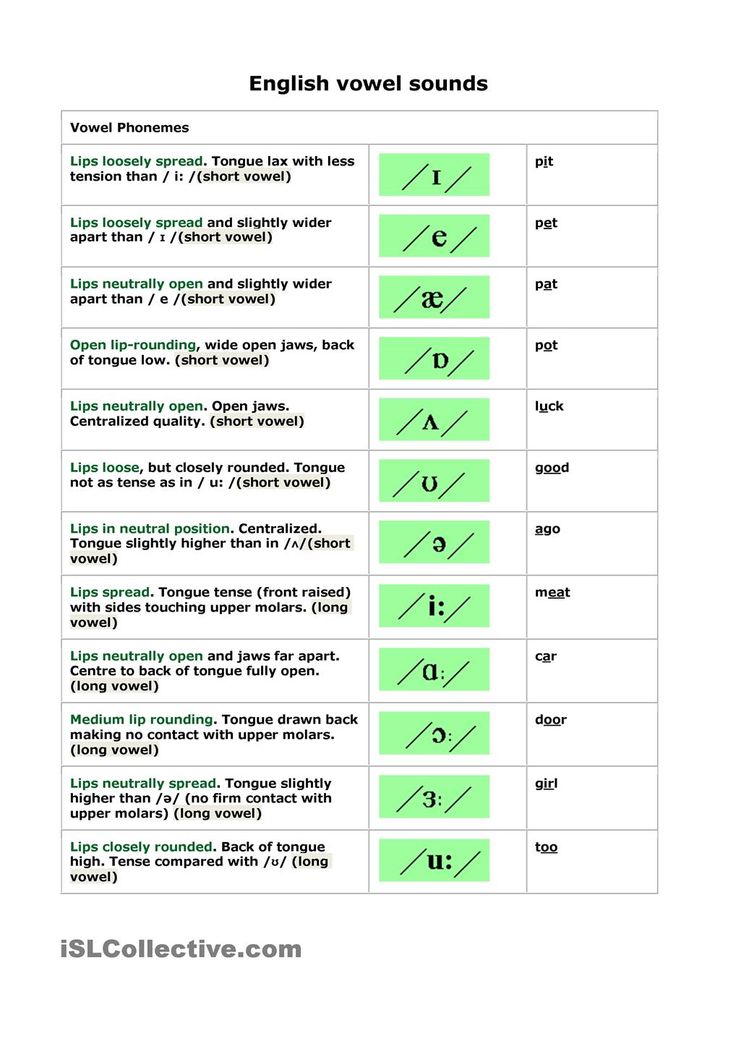 The child will name familiar pairs himself, and you quickly call the last two you, without giving the child the opportunity to make a mistake. In two or three days of the show, which will take place before the next lesson, the child will remember a new rhyme:
The child will name familiar pairs himself, and you quickly call the last two you, without giving the child the opportunity to make a mistake. In two or three days of the show, which will take place before the next lesson, the child will remember a new rhyme:
“This is I ”
“This is O ”
“This is ё ”
“This is U ”
“This is Yu ”
Train a few days , show the child several times a day already these three pairs of vowels. IMPORTANT! In reinforcing games, continue to use only the first two pairs for now: A - Z, O - E, and no more than once a day.
SESSION №3
Games and exercises for consolidation
Place six cards in pairs on the table in front of the child, calling them out loud, in the order in which you showed them to him. Play the same games as described in lesson #2.
We repeat the past and learn new things: O - E, U - Yu, Y - I
Do not use the first pair of cards ( A - Z) .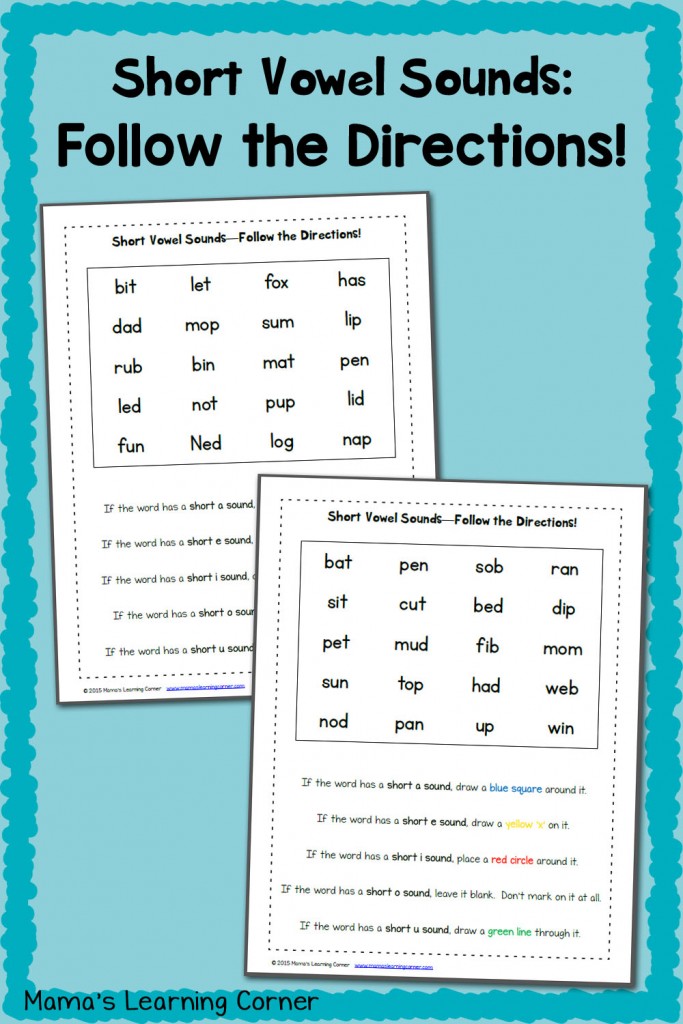 Now the cards are in a pile like this: O - E, U - Yu, Y - I. In all subsequent lessons, do the same so that the total number of letters is 6. The technique is the same: the child calls the familiar letters himself, the new ones - you.
Now the cards are in a pile like this: O - E, U - Yu, Y - I. In all subsequent lessons, do the same so that the total number of letters is 6. The technique is the same: the child calls the familiar letters himself, the new ones - you.
Classes will take you about six minutes a day, but it's important not to miss a single one.
Do not forget that it is not time to play reinforcing games with a new couple.
LESSON #4
Reinforcement games and exercises
The number of vowels with which we play reinforcing games increases with each lesson: now five games need to be played with 8 letters.
We repeat what we have learned and learn something new: U - Yu, S - I, E - E
Remove 9 from the pile0003 A - I and O - E and add pair E - E . IMPORTANT! The letters E and E , which children often confuse, never “meet” when shown: when the letter E “came” in the fourth lesson, the letter E had already “left”.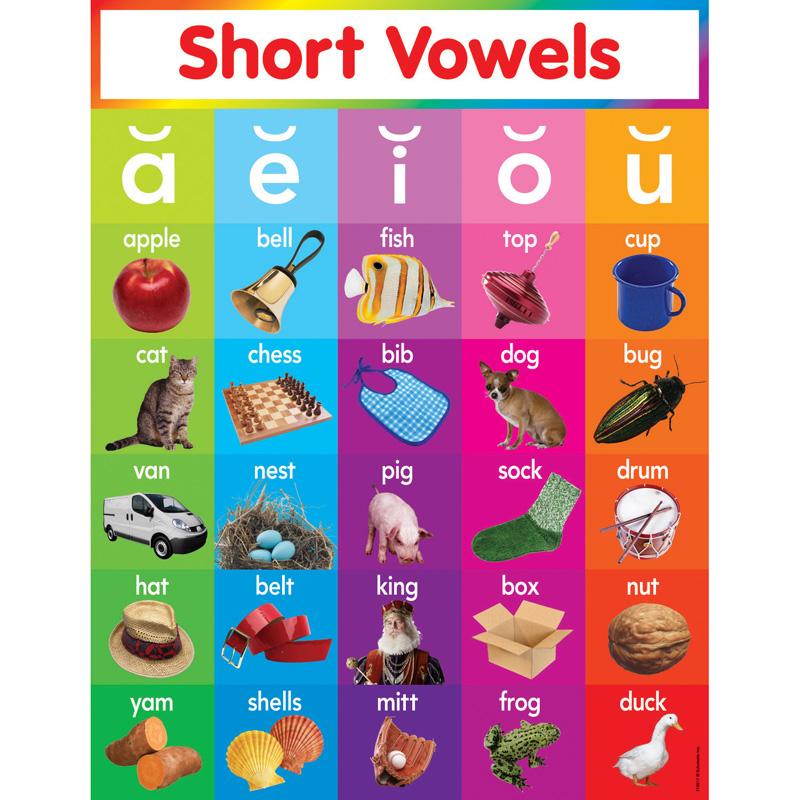
Do exactly the same as in the previous lessons, adding a new pair. Don't play reinforcing games with her yet.
SESSION #5
Reinforcement games and activities
In this activity, play games with all ten vowels. You can do this for as long as you want until the child loses interest. If you see that the child recognizes and names vowels quickly, does not make mistakes and does not think, move on to studying consonants and reading.
- Twice a week give new material, and repeat the rest of the day.
It is important that the classes are daily (regular). Less than 10 minutes a day is enough to see the result: the child will remember all 10 vowels, learn to pronounce them correctly and not be confused.
- Do not try to help your child remember a letter based on some external signs or associations.
"This is my mother's letter", " Yo with dots, and this is E without dots. By doing this, you only interfere and confuse! When reading, there will be problems recognizing letters: the baby will have to remember both mother O liu, and aunt Yu liu, and Yo zhika with dots ...
By doing this, you only interfere and confuse! When reading, there will be problems recognizing letters: the baby will have to remember both mother O liu, and aunt Yu liu, and Yo zhika with dots ...
- The most important thing that children should learn when studying vowels is that that they can be sung.
videouroki.net
How to explain vowels to a child? Vowel sounds are formed only with the help of voice. The air, when it passes through the throat and mouth, does not encounter obstacles, as is usually the case with the pronunciation of consonants. We can draw a vowel sound for as long as we have enough breath.
doschkolonok.blogspot.com.by
Tell your child that big red letters are big brothers, blue letters are little brothers. Both of them love to sing songs.
Big brothers sing in scary deep voices. Demonstrate how exactly: A, O, U, S, E. You can use the key of the scale: sol-fa-mi-re-do.
You can use the key of the scale: sol-fa-mi-re-do.
Little brothers sing in so-o-o-o-o little voices. Sing in a high voice: I, Yo, Yu, I, E (same melody, but one or two octaves higher). Singing, show the letters on the cards.
These songs will help children memorize vowels by ear.
- A very IMPORTANT point to pay attention to when teaching letters. Show your child the vowels written in different fonts and colors.
The kid must learn to recognize the letter in any shape and size.
- Learn a poem about vowels with your child:
Vowels stretch in a ringing song,
Can cry and scream
Learn vowels in English
Vowels of the English alphabet with transcription and Russian pronunciation
The English language is becoming more and more widespread every day. Today it is spoken by most of the world's population, which automatically makes it an international language of communication.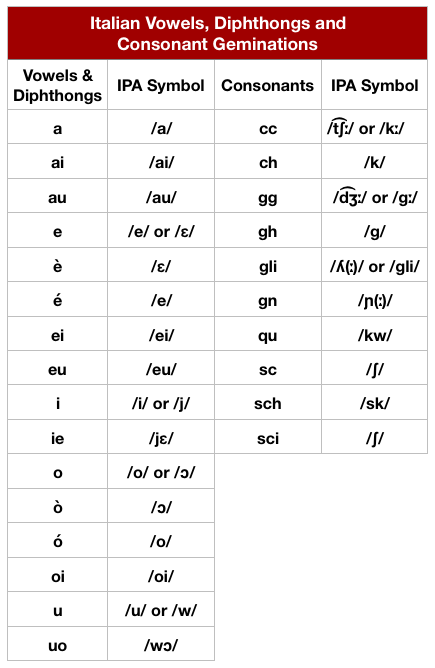 In addition to the American continents, it is studied in Europe and Asia. Australia, being part of the former British Empire, has long recognized English as its official language. If in Western Europe American and British English are studied by children from a very early age, then in Russia, Ukraine and other CIS countries it is treated very mediocrely. The school curriculum casually goes through the most frequent words, while the children are not really explained the rules for their use. All this makes people learn on their own, which is much more difficult. Today we will analyze how the vowels of the English alphabet are used in words. They affect the quality of pronunciation and perception of the language.
In addition to the American continents, it is studied in Europe and Asia. Australia, being part of the former British Empire, has long recognized English as its official language. If in Western Europe American and British English are studied by children from a very early age, then in Russia, Ukraine and other CIS countries it is treated very mediocrely. The school curriculum casually goes through the most frequent words, while the children are not really explained the rules for their use. All this makes people learn on their own, which is much more difficult. Today we will analyze how the vowels of the English alphabet are used in words. They affect the quality of pronunciation and perception of the language.
American word building
English consonants are the basis of all words. The total number of letters is 26, of which 20 are consonants, and there are only 6 vowels in English. Despite such a meager number, they can take on various forms of pronunciation, as a result, about 20-24 sounds are obtained from 6 letters.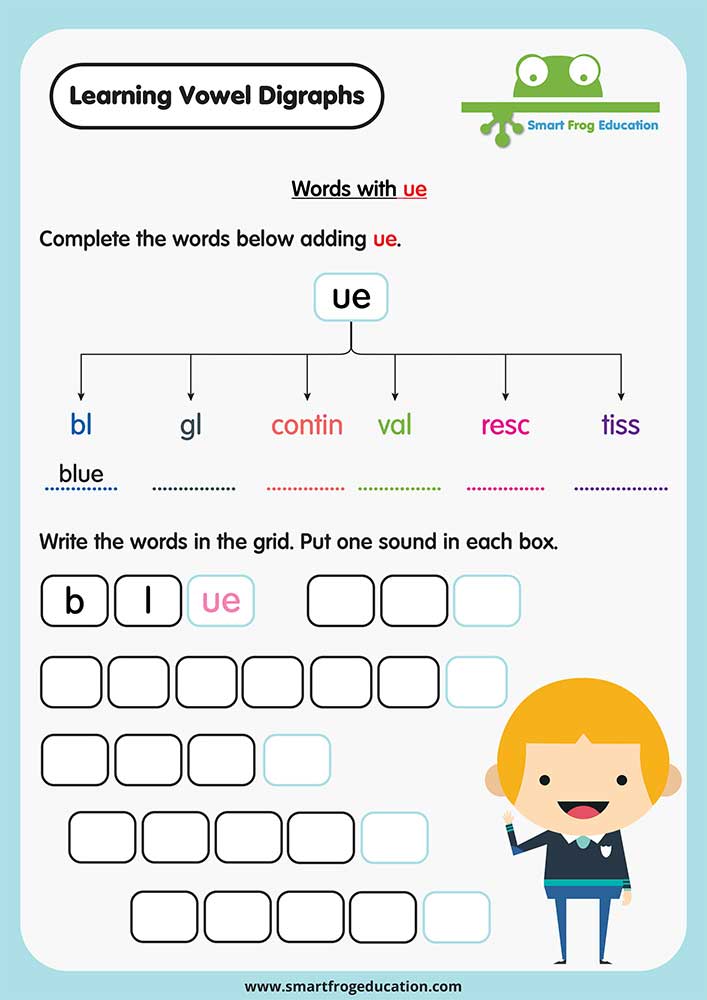 All vowels and consonants are listed in the table below:
All vowels and consonants are listed in the table below:
As you can see in the picture, vowels in the English alphabet are highlighted in yellow. A transcription is written next to each letter, thanks to which you can learn how to pronounce this or that letter correctly. The need for transcription has always been due to the fact that it is simply impossible to explain the correct pronunciation using the example of the Russian language. If in Russian one letter is equated to one sound, then most of the vowels in the English alphabet are pronounced using a combination of two phonemes.
The last letter "Yy" can be either a vowel or a consonant, depending on the type of syllable. This should be taken into account when reading and morphemic analysis of words. Which sound will determine this or that letter depends on its position in the word and syllable.
Types of syllables in the English alphabet
At the lessons of the Russian language, everyone studied the unshakable rule: how many vowels in a word, so many syllables in it.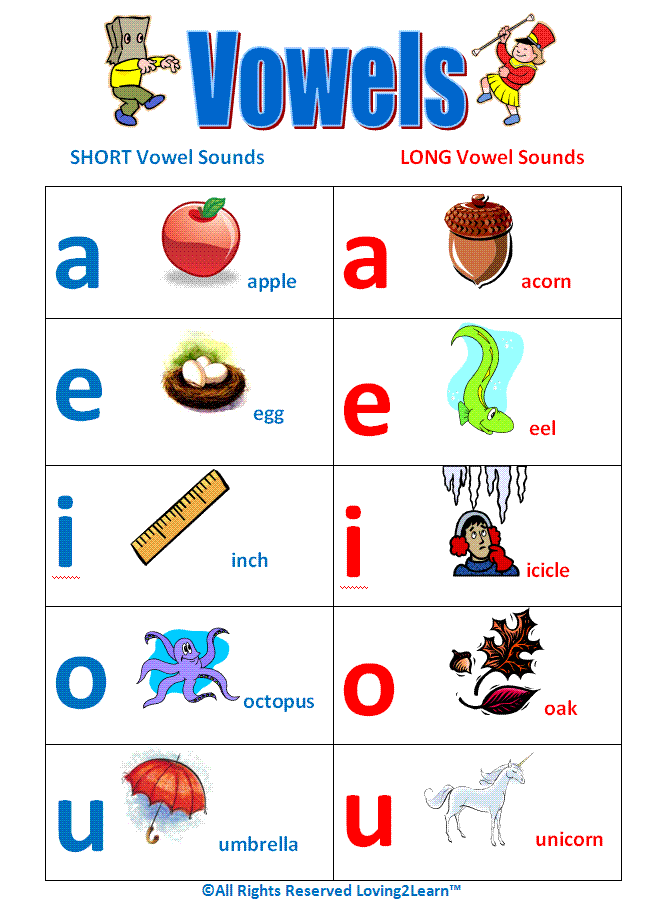 This also applies to the English language, which greatly simplifies its learning. For example, take the word "octopus", which means "octopus". Oc-to-pus - three vowels and three syllables. The example is remarkable in that it has everything we need: open and closed syllables.
This also applies to the English language, which greatly simplifies its learning. For example, take the word "octopus", which means "octopus". Oc-to-pus - three vowels and three syllables. The example is remarkable in that it has everything we need: open and closed syllables.
Open syllable
This concept means a syllable that ends in a vowel or consists of one vowel:
- A [hey] - an indefinite article consisting of one letter, is an open syllable. Therefore, the article is read as indicated in the transcription.
- Rules [ru:lz] (rules) - consists of two syllables, but only the first one is open. Therefore, "u" is read as in transcription, and "e" practically disappears from the word during pronunciation.
- Far [fa:] (far) - the syllable is closed. Therefore, instead of [hey], a long [a] is pronounced.
Consonants and their combinations often change the phonetic meaning of vowels in the English alphabet, forming non-syllables of different types.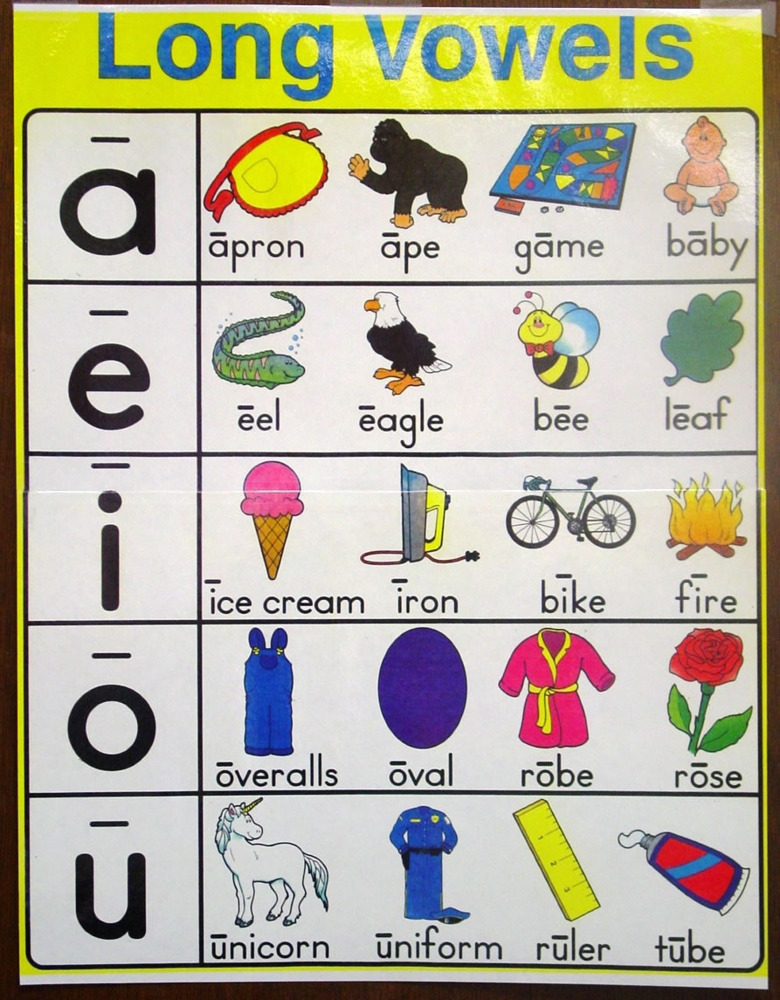
Closed syllable
Book, cook, root, meet, flat and other words where a consonant closes a syllable are words with closed syllables. In the examples listed above, "oo" is read as Russian "u", "a" instead of [hey] is read as Russian "a".
Vowels of the English alphabet: reading features
You already know that there are far fewer vowels in the English alphabet than their sounds. What else can affect the quality of pronunciation of phonemes besides the type of syllable in a word? We will look at a few basic rules that will help you start pronouncing words correctly and improve your reading skills in a foreign language.
- The presence of the letter "R" in the word. If a letter is present in an open syllable, it is practically unreadable and merges with the adjacent vowel. This produces a sound similar to the Russian "e". If the letter is in a closed syllable, then it affects the duration of the pronunciation of the vowel: long sounds become short and vice versa.

- Emphasis. If the accent falls on the letters "a", "o" or "u", then their pronunciation is practically not performed. They are read casually, the duration of emphasis on these sounds is extremely short. The result is again a sound similar to the Russian "e". For example, the combination sofa-bed (sofa bed) is pronounced together, its transcription looks like [‘soufǝbǝd]. If the accent falls on "i", "e" or "y", they are pronounced like the Russian "i". For example: city, enemy.
- Speed of pronunciation. When speaking quickly, it may turn out that the stress in the word is not recognized at all. This results in the fact that a long vowel shortens the length of its pronunciation or disappears from the word altogether. All pronouns in English are pronounced with short vowels, although the rules are to speak with long phonemes.
- Weak and strong forms. Short vowels are automatically considered weak, since they cannot take on stress, but in combination with other letters they can form new sounds.
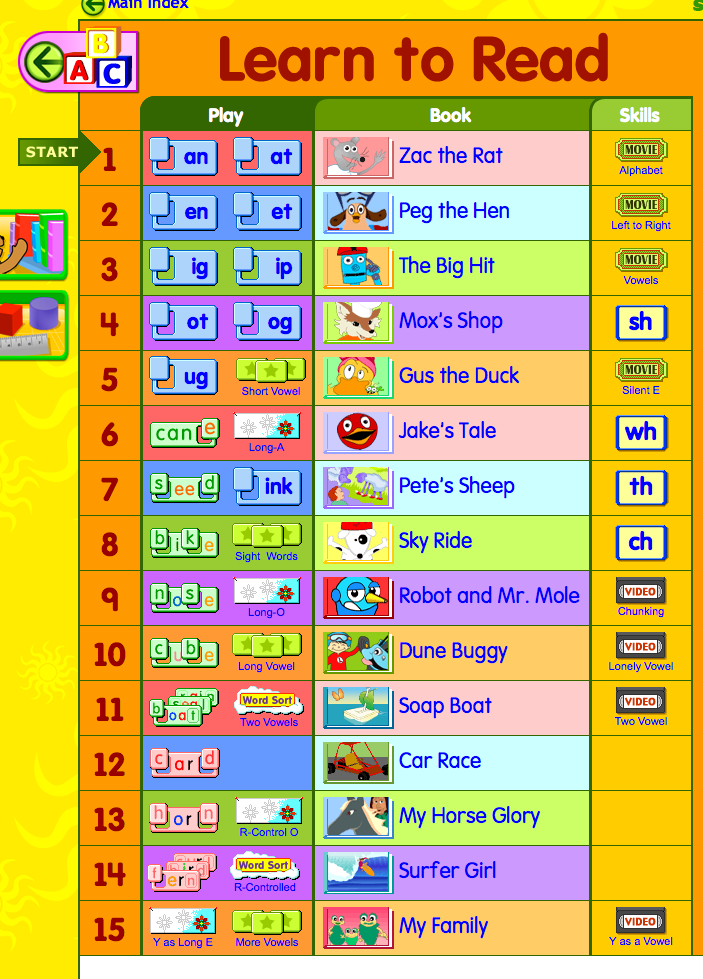 Weak short forms are mainly expressed in particles, articles and pronouns. In full-fledged words, strong long phonemes are much more common.
Weak short forms are mainly expressed in particles, articles and pronouns. In full-fledged words, strong long phonemes are much more common.
The most incomprehensible for a Russian-speaking person in the study of the vowels of the English alphabet is the analysis of diphthongs. The combination of two sounds for the pronunciation of one letter is new to the Russian language. For a general understanding, it is worth noting that all diphthongs are pronounced briefly, but their position in the word relative to consonants and the type of consonants themselves matter. Before deaf sounds like "f", "h", "s", "t" and others, diphthongs practically disappear from sound pronunciation and become very short.
For a better understanding of speech and the rules of its origin, it is recommended to read texts in English with automatic voice acting. Special courses or films with subtitles will do.
Rules for reading vowels in English
In English, vowels have multiple meanings.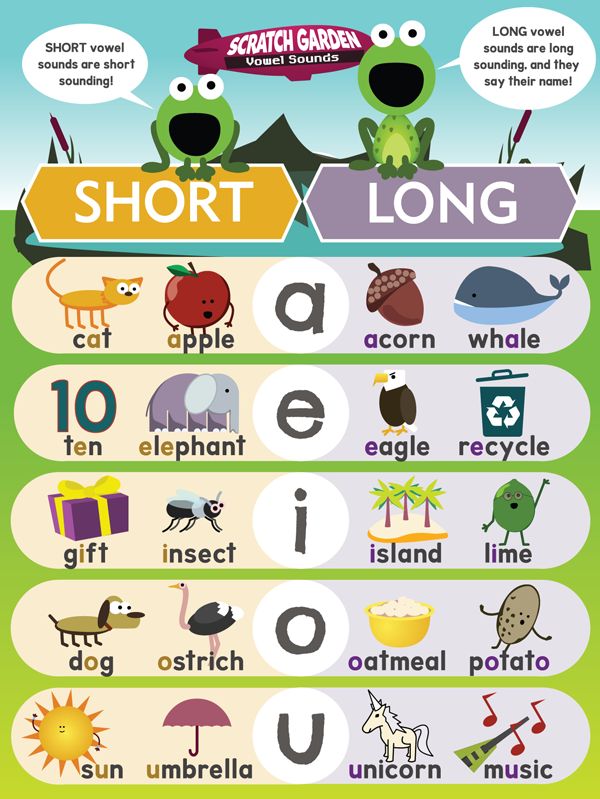 There are only six vowels in the alphabet:
There are only six vowels in the alphabet:
a [ei], e [i:], i [ai], o [ou], u [ju:] and y [wai] ,
but with their help reflect twenty-four vowels.
The sound of vowels depends on:
From the position of the letter in the word and the letters surrounding it, subsequent letters have the greatest value. Syllables in words are of two types:
open syllable - ends in a vowel or consists of one vowel;
closed syllable - ends in a consonant.
In an open syllable, vowels are pronounced as they are called in the alphabet.
In a closed syllable they are pronounced briefly, with one sound, not a diphthong.
The following letter r :
In an open syllable, the color of the sound [r] gets the second element of the diphthong, and acquires a neutral sound [ǝ] .
In a closed syllable, short vowels combined with semivowel [r] result in:
short [a] becomes long [a:] ,
short [ɔ] into long0003 [ɔ:] ,
short [e] , [i] , [u] give the same long sound [ ǝ :] .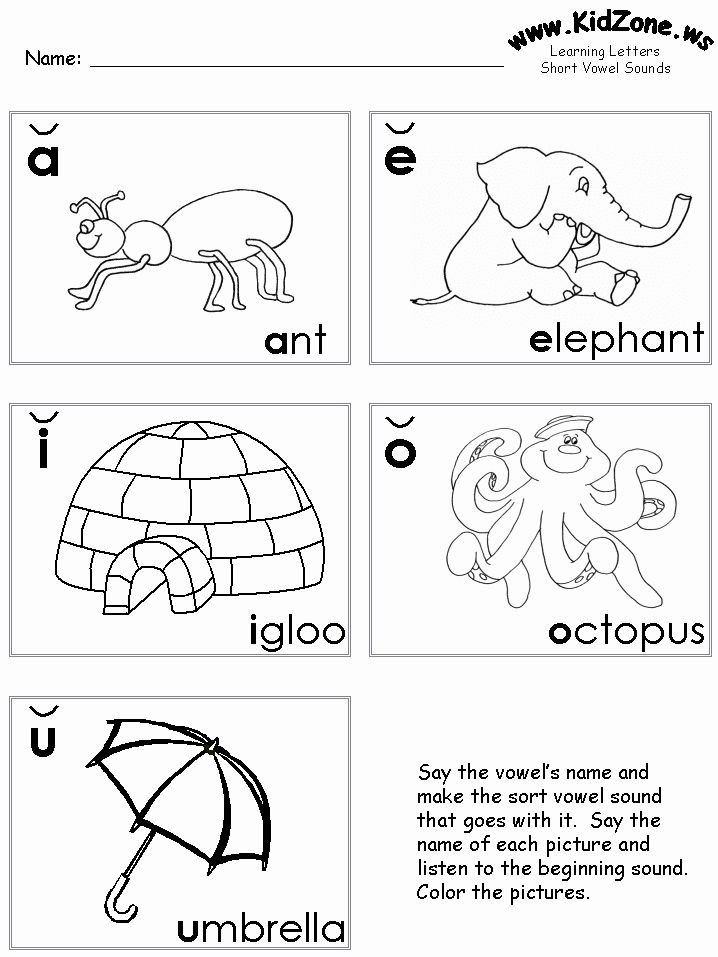
Reading rules apply to stressed vowels , unstressed vowels are reduced or dropped.
letters U , A , O are reduced to neutral sound [ǝ]
Sofa [‘Soufǝ]
Today [Tǝ’Dei]
Difficult [‘ Difikǝlt]
letters
BUSKS0003 i , e , y under the influence of reduction are pronounced like [i]
enemy ['enimi]
examine [ig'zæmin]
Reduction of the vowel sound in its unstressed position can manifest itself and in its unstressed position in reduction longitude. In colloquial speech, the pronouns she , he , we , me are often pronounced not with a long [i:] , but with a short [i] .
As a result of reduction, a vowel sound in a word can drop out completely
lesson ['lesn]
open ['oupn]
pencil ['pensl]
This type of reduction can be reflected in writing: instead of the omitted vowel, an apostrophe is put
English alphabet with transcription
mastering letters, sounds and pronunciation features. Without this, learning to read and write becomes impossible.
Without this, learning to read and write becomes impossible.
The modern English alphabet consists of 26 letters: 6 vowels and 20 consonants.
How to remember the alphabet?
If you are an adult, remembering the alphabet will not be as difficult for you as it is for a child. If you are working with a child, start learning the alphabet from the sounds that each letter gives, and only then enter the sound designation - the letter!
Learn the vowels. There are only 6 of them, so this task will not be difficult.
Letter
(English transcription)
Sound
(Russian transcription)
you have to pronounce it long.
Consistent letters is easier to remember if you divide them into Logic groups:
Conservation letters, similar externally with Russian letters and pronunciation:
letter
(English transcription)
Sound
22222 (Russian transcription)
Consistent letters that are similar to Russians, but are pronounced or written differently:
letter
(English transcription)
(Russian transcription) Letter (English transcription) Sound (Russian transcription) It is better to learn the English alphabet in blocks, writing and naming each letter as much as you need. Write the letters on the paper from memory, saying each letter aloud. If you don't remember the name or have difficulty "reproducing" the next letter, you can use the hint. Select the "difficult" letter for yourself, and continue working on the exercise. After writing the entire English alphabet, write out separately all the underlined letters in one row. Repeat them. Write a few more rows of these letters randomly, calling them out loud. If you are sure that the "difficult" letters no longer cause difficulties, do the exercises again. Write the letters of the alphabet (26) on small squares. Lay the squares face down. Take each square in turn, calling the letter out loud. Set aside the letters you have named incorrectly or the letters you have forgotten. Ask someone to point to a letter in the text and you name it. Or ask to name any letter, and you will name its neighbors, etc. The memorization work can be structured as follows: Learn the material and set it aside. Repeat after 15 minutes. Repeat again in one hour. Repeat the next day. Repeat after one week. In this case, the memorized material will be stored in memory forever! If it is possible to involve 2-3 people, then you can diversify the study of the alphabet with games: Any English text is taken. Players take turns saying the letters in order, starting with the first word in the text. The one who called incorrectly is out of the game. The facilitator chooses from 26 cards with five to ten letters, depending on the age of the participants. Players memorize letters. After everyone has turned away, the leader removes one or two letters. Players must remember which letters are missing. Each player is dealt the same number of cards. The task of the players is to quickly arrange the cards in alphabetical order. Participants of the game are given cards with capital letters. Each card has a lowercase letter written on the back. The task of each player is to remember and write down a lowercase letter in 3 minutes. The one with the most letters wins. One of the players starts to speak the alphabet from the beginning, the host stops at any letter. Players must continue as quickly as possible from where the previous player was left off. Each player is given a letter face down. Songs are a great way to memorize the letters of the alphabet. The melody for them can be found on the Internet. ABCDEFG HIJKLMNOP QRST UVW QRST UVW XYZ Oh, well you see, Now I know the ABC! There is another version of this song, the last two lines of which are: Now I know the ABC, Next time won't you sing with me! In English transcription, you can find several ways to write the same sound. This is due to a gradual change in the spelling of certain sounds, more often for the purpose of simplification, for example: [ɛ] - [e] Both sounds are pronounced [e] with an overtone [ё]. After learning the English alphabet, it is useful to learn the sounds that each letter can convey. Consonants not found in Russian:
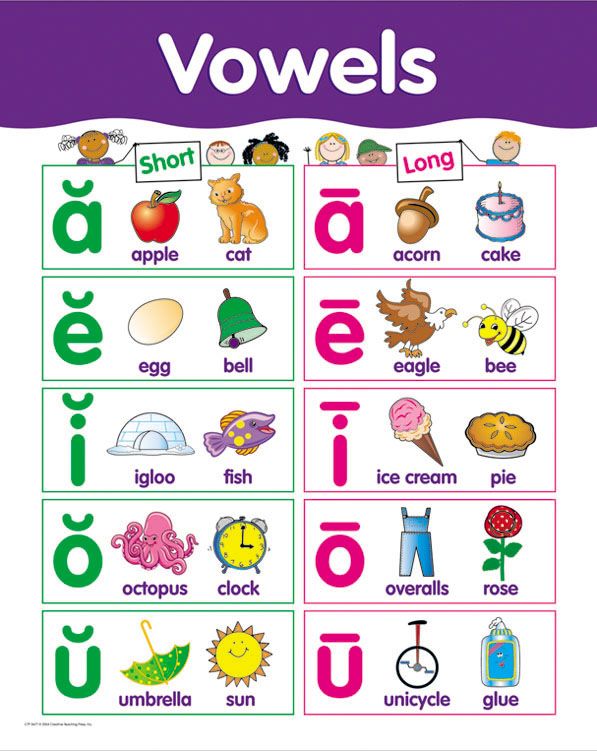 So you simultaneously use three types of memory: auditory, visual and motor (motor). After memorizing the letters, you can perform exercises to consolidate the material covered and self-test.
So you simultaneously use three types of memory: auditory, visual and motor (motor). After memorizing the letters, you can perform exercises to consolidate the material covered and self-test. Exercises
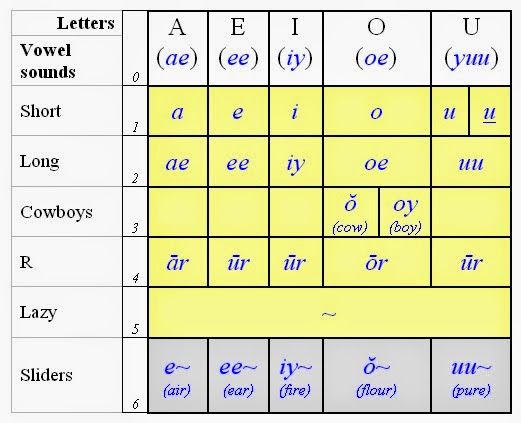 After working on all the squares, take all the letters set aside and do the same exercise with only these letters. Repeat the exercise several times, postponing only those letters that are not remembered.
After working on all the squares, take all the letters set aside and do the same exercise with only these letters. Repeat the exercise several times, postponing only those letters that are not remembered. Games for memorizing the English alphabet
“Spell the word”
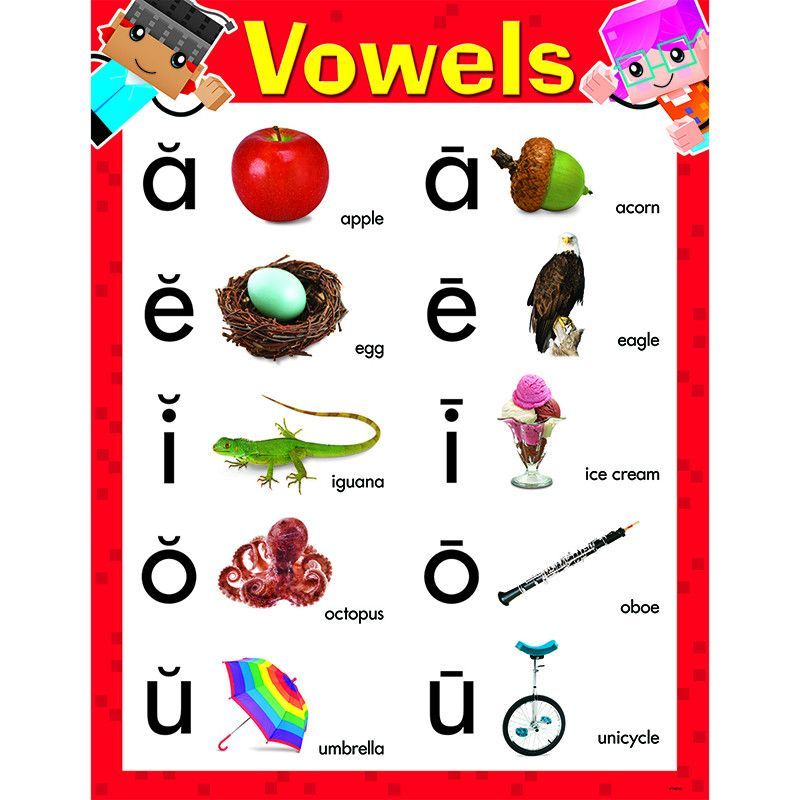 The last one left in the game wins.
The last one left in the game wins. “What is missing?”
“Who is faster?”
“Find a Pair”
“Remember five”
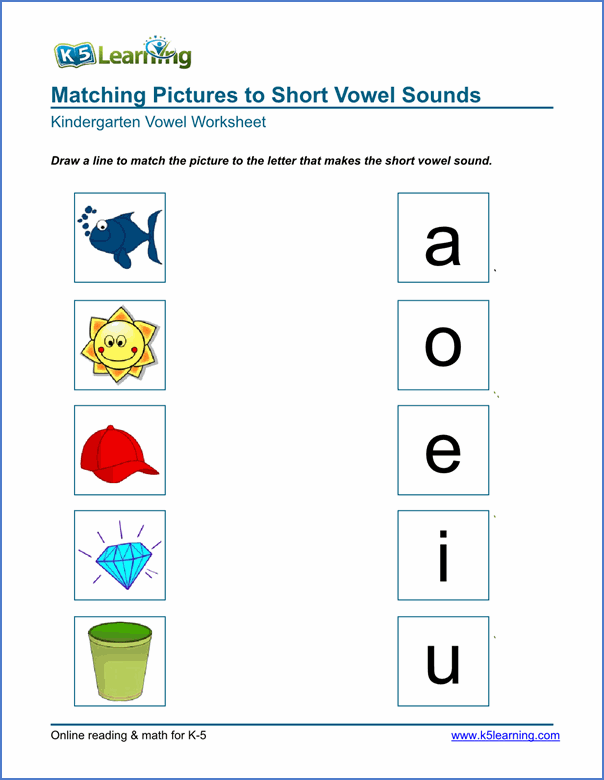 On command, the players turn over the card. Players need to write the next 5 letters of the alphabet as quickly as possible. The one who completed the task raises his hand.
On command, the players turn over the card. Players need to write the next 5 letters of the alphabet as quickly as possible. The one who completed the task raises his hand. Lyrics
Next steps

Learn more

